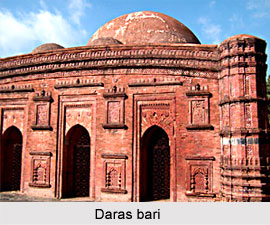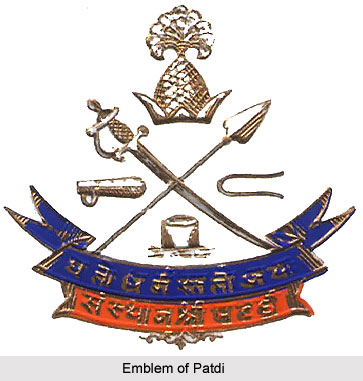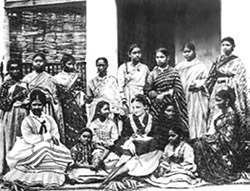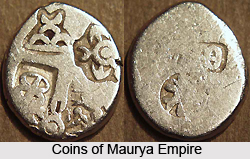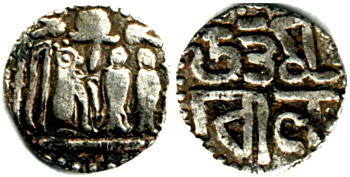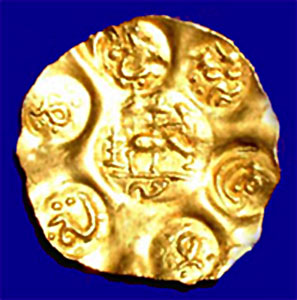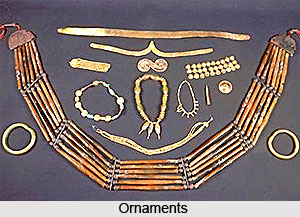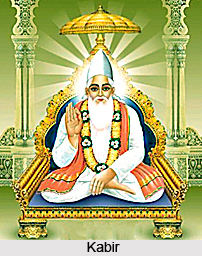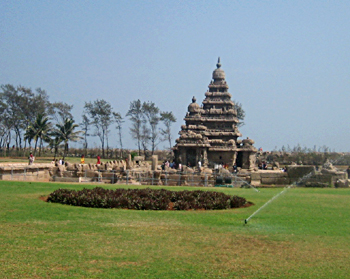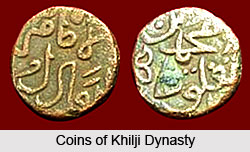The Act of 1858 exclusively introduced several changes in the Home government. Several socio-political convulsions led to the changes in the Constitution. The charter Act of 1833 had centralized legislation. The Legislative Council at the Center had the sole power to legislate for the whole country. The councils, in such circumstances were deprived of legislation. It had become a sort of debating society of parliament. Since the power of legislation was centralized it could not meet the legislative needs properly. The time was grave to establish a representative Government, so that the executive and legislature could be made free from centralization. The Government of India thus enacted the Indian Council Acts,
Indian Council Act 1861 - The Indian Council Acts of 1861, added a fifth member to the Council of Viceroy. By the Council Act of 1861, portfolio system was introduced and the theory of separation of power came into being. The main interest of the Act was to laid in the gradual construction and consolidation of the mechanical framework of the Government
Indian Council Act 1892- The Council Act of 1892, dealt with the powers, function and composition of the Legislative Council in India. It modified the number of additional members in the Council. The principle of election though not mentioned in clear terms, introduced by the Act of 1892.
Indian Council Act, 1909 - The Indian council Act of 1909 was popularized as the Morley Minto reforms. The chief feature of this Act was that it enlarged the size of legislature both at Center and Province. The Morley Minto Reforms defined the matters, which should be discussed in the Legislature. Through the s reforms, the s system of s election was made more complicated.


